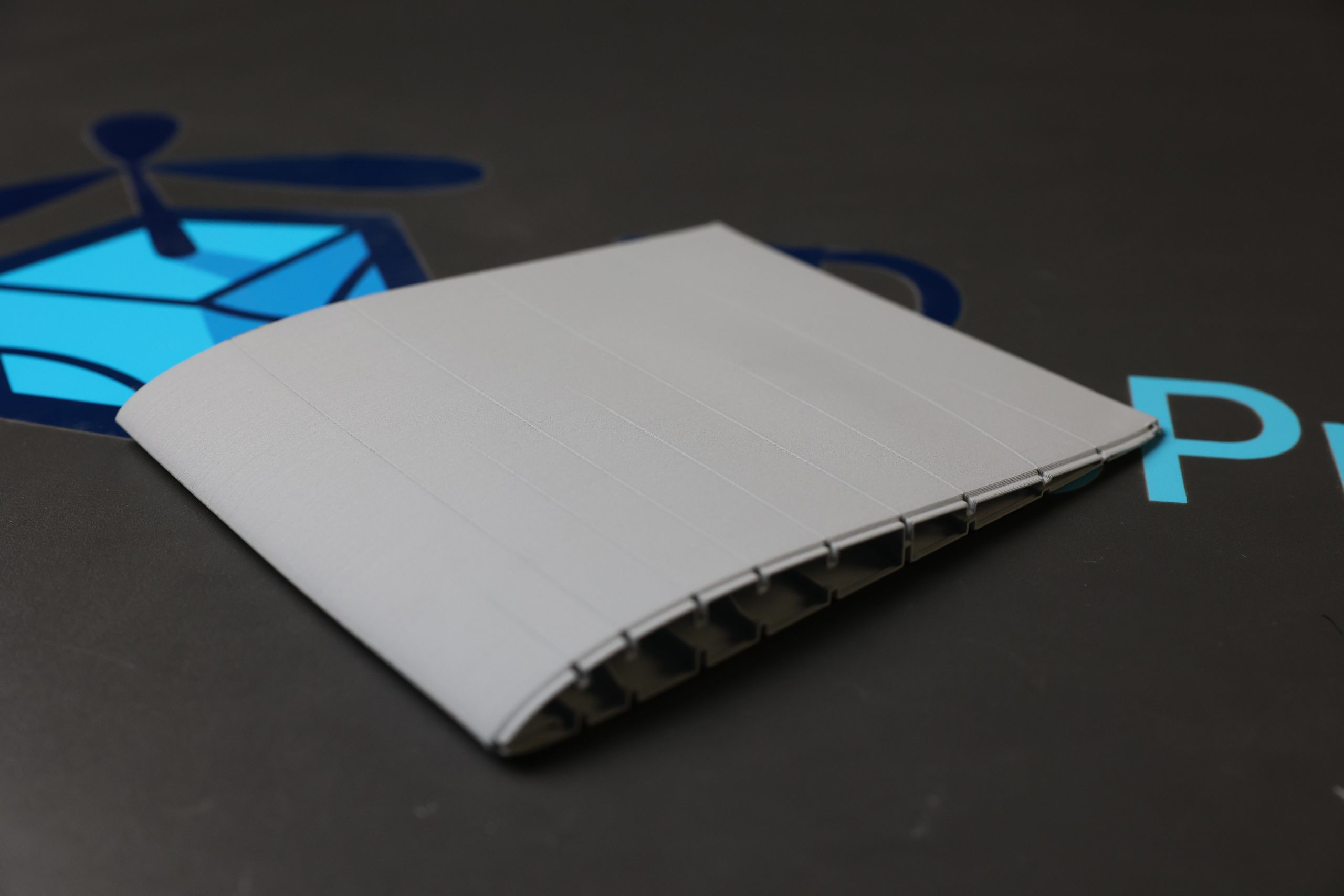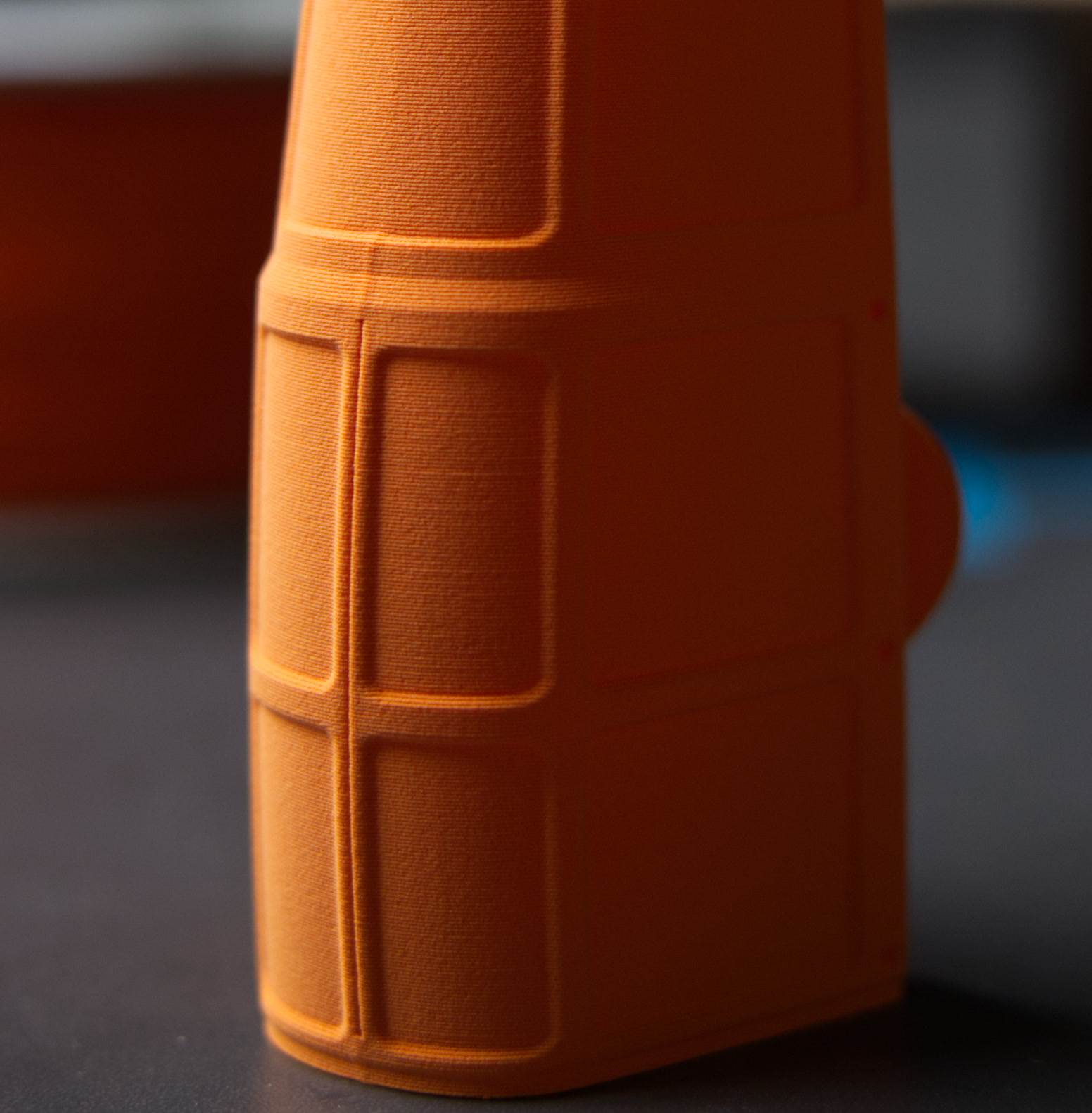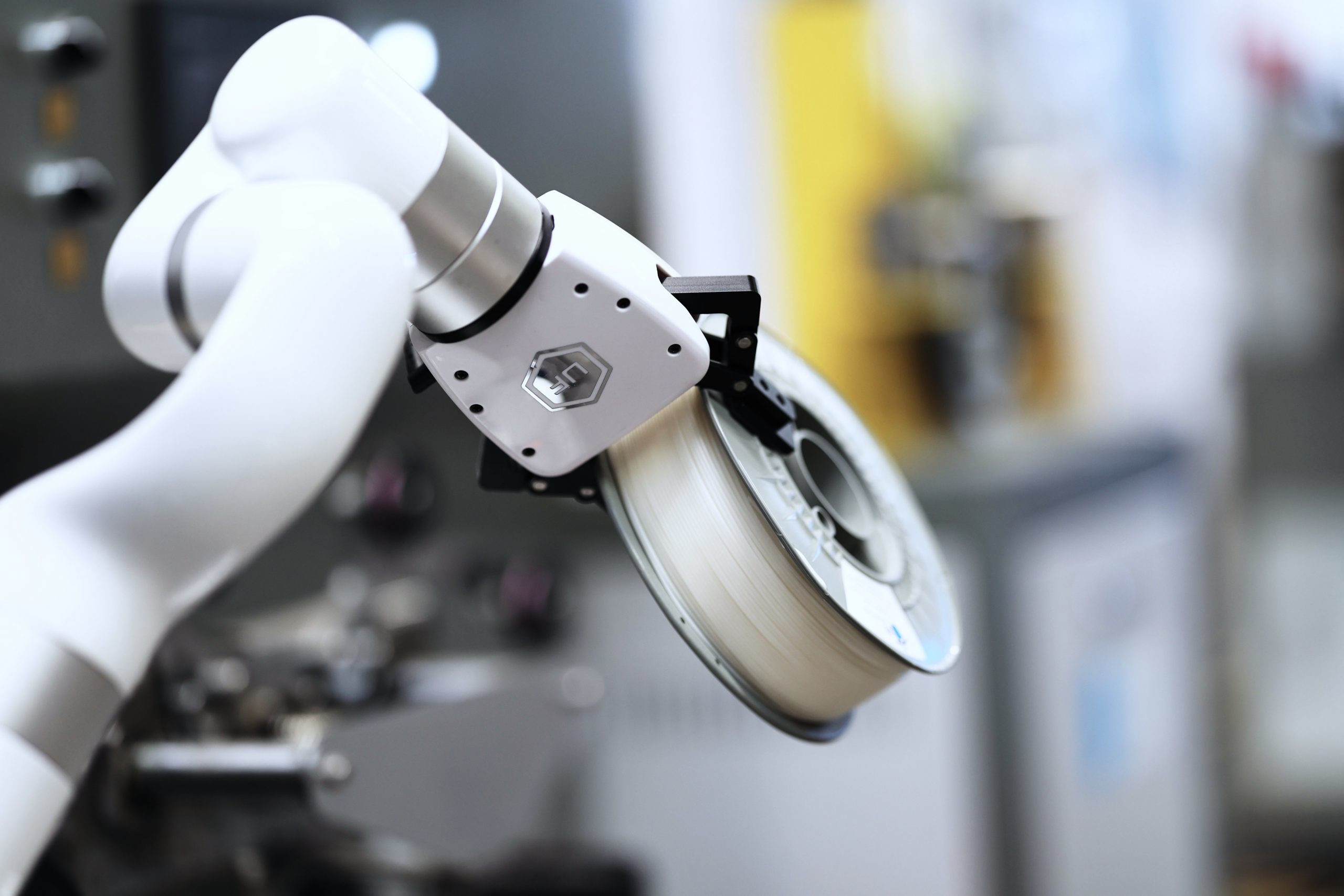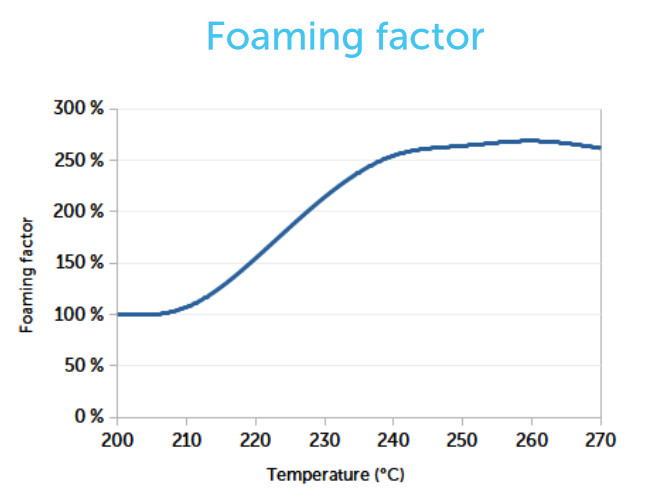- English
- Čeština
- Italiano
- Deutsch
- Polski
- Français
- Home
- このプリンターを使用
- 材料ガイド
- LW PLA
LW PLA
- 3Dモデル
- 材料ガイド
- ABS
- ASA
- 複合材料(カーボン、ケブラー、ガラスを充填したもの)
- 複合材料(金属や木の粒子が入っているもの)
- CPE
- フィラメントの除湿
- 柔軟な材料
- HIPS
- How to print with PEI 1010
- Prusament リフィルの使い方
- HueForge filament transparency values and HexCodes
- LW PLA
- Basic info
- Description
- Best use
- Tips for successful printing
- Sample prints
- NGEN
- PEEK-CF (Polyetheretherketone)
- PEI (Ultem)
- PEKK-CF (Polyetherketoneketone)
- PETG
- PLA
- ポリアミド(ナイロン)
- ポリカーボネート(PC)
- ポリプロピレン(PP)
- PPS (Polyphenylene sulfide)
- PPSU (Polyphenylsulfone)
- Prusament Resin Model Color Kit
- PSU (Polysulfone)
- PVB
- Resin yellowing and how to reduce it
- Resins
- Tested resins
- 水溶性フィラメント (BVOH/PVA)
- スライス処理
- プリンターメンテナンス
- Prusa Connect [進行中の翻訳]

Basic info
LW PLA is a filament that can expand during printing. It is useful for parts that need to be light.
Description
LW PLA (Lightweight PLA or PolyLight 1.0) is an active foaming material that can expand from 2.3 to 3 times the original material size when printed. The expansion depends on the print temperature and speed of the print.
The LW PLA can be used with standard PLA settings. It will behave in general as PLA, but still have a lot of oozing.
This filament is also useful to print models with thin walls and internal structures, like the 3DLabPrint planes. We have prepared a config bundle with all the necessary settings for that, including the "Even-odd" Slicing mode, in our e-shop.
3DLabPrint also has a general config bundle for the parts in their website.
|
Pros |
Cons |
|---|---|
|
✔ Reduced weight by 65% |
✖ Less stiff than PLA |
|
✔ Increased volume by 270% |
✖ Lower glass transition temperature |
|
✔ Cost-effective |
✖ Oozing during travel moves |
|
✔ Strong inter-layer adhesion | |
|
✔ Heat-activated foaming | |
|
✔ Easy to glue with CA | |
|
✔ Less visible layers |
Best use
The best use of LW PLA are models that need low weight, such as model airplanes and cosplay wearables.
Tips for successful printing
Sample prints
 |  |
| Part of 3DLabPrint airplane models | Part of 3DLabPrint airplane models |
Comments
Still have questions?
If you have a question about something that isn't covered here, check out our additional resources.
And if that doesn't do the trick, you can send an inquiry to [email protected] or through the button below.
